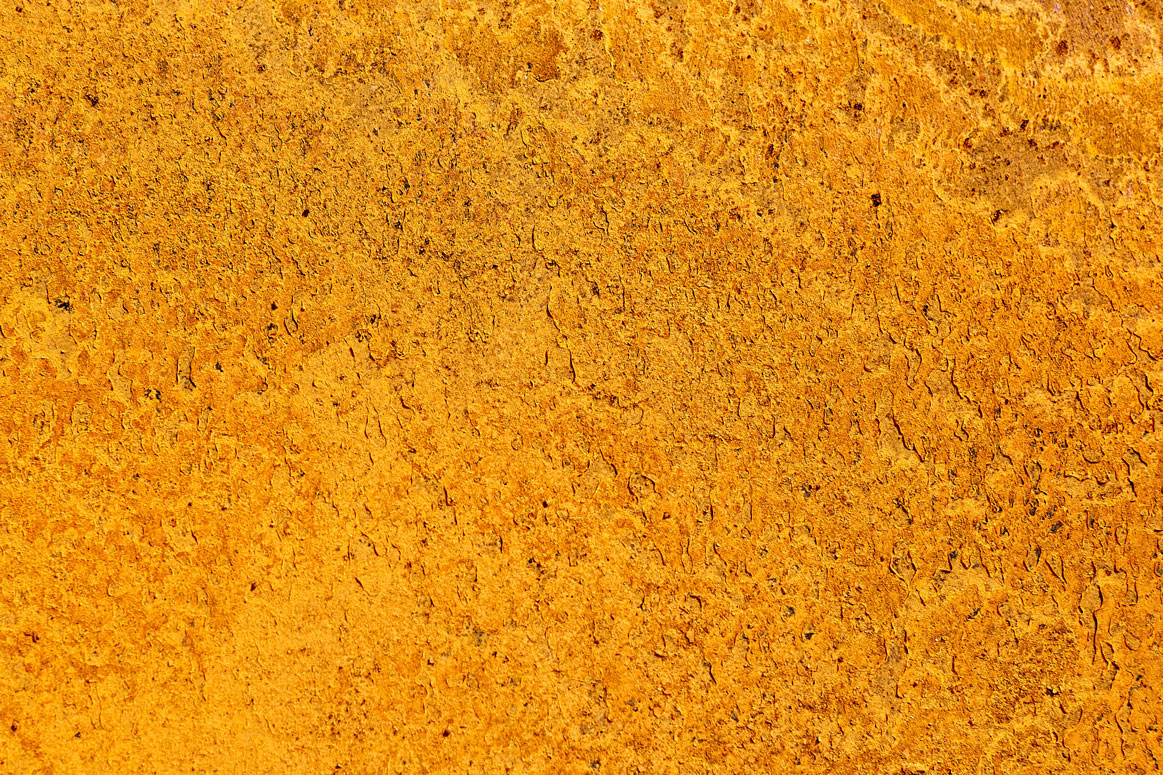Hip & Quad Stretches: The Anatomy Of The Quadriceps & Hip Flexors
Understanding the anatomy of both the quadriceps and hip flexors can help you better perform the hip stretches & quad stretches
The muscles located in the anterior compartment of the thigh include the hip flexors and knee extensors.
The following muscles are in this compartment:
Hip Flexors
Pectineus
- Adducts and flexes the thigh
- Assists in medial rotation of the thigh
Iliopsoas
- The most powerful hip flexor with the longest range
- Relatively hidden and composed of the following muscles:
-
- Iliacus
- Psoas major
- Psoas minor
The iliopsoas is the only muscle attached to the vertebral column, pelvis, and femur
- This helps produce the movement, as well as stabilize
- However, with dysfunction, it can create problems, such as postural problems and pain.
Sartorius
- Longest muscle in the body
- Crosses two joints (hip and knee)
- Flexes, abducts and laterally rotates thigh at hip
- Assists in knee flexion
Quadriceps Femoris
- The quadriceps muscle group extends the leg at the knee
- Composed of the following muscles:
Rectus femoris
- Runs straight down the thigh
- Crosses two joints (hip and knee). This helps the iliopsoas in hip flexion.
- Is known as the “kicking muscle”. This is due to the flexion of
the hip and extension of the knee needed in the kicking motion
Vastus medialis
- Located on the inside (medial) aspect of the thigh
Vastus intermedius
- Located under the rectus femoris
Benefits To Quad Stretches & Hip Stretches
The quadriceps muscles are used regularly for daily activities and even more during sporting activities. They are prone to getting tight, which can predispose an individual to strains.
Stretching will help:
- Improve/maintain posture
-
- Tight hip flexors can pull the pelvis and create posture problems
- Decrease the likelihood of injury
- Improve function
Hip Flexor & Quad Stretching Exercises
Prone Quad Stretch
- Lie on your stomach and place a towel or belt around your foot.
- Bend your knee by pulling on the towel until you feel a stretch.
- Hold the stretch for 20-30 seconds.
- Relax.
- Do not arch your back during the stretch.
- You can put a pillow under your hips for more comfort.
Side Lying Quad Stretch
- Lie on your side with your injured leg up and your bottom knee bent in front of you to protect your back.
- Reach back and grasp your ankle of your injured leg and gently pull towards your buttocks.
- Move your knee back without arching your back until you feel a stretch in the front of your thigh.
- Keep your knee as low to the floor as possible and maintain the position.
- Hold the stretch for 20-30 seconds.
- You can use a towel or a belt around your ankle to pull it towards your buttocks.
Standing Quad Stretch
- Stand in front of a chair or something solid and hold on to it with one hand.
- Grab the top of one ankle with one hand to pull the foot towards the buttock until you feel a gentle stretch on the front of the thigh.
- Keep lower back neutral.
- Hold the stretch for 20-30 seconds.
- Return to the initial position.
Hip Flexor Stretch (v.1)
- Kneel on one knee creating a 90-degree angle with the opposite hip (use a
chair for support, if needed). - Tilt your pelvis backwards to flatten your lower back and transfer your weight forward until you feel a gentle stretch on the front of your hip of the lower leg.
- Hold the stretch for 20-30 seconds.
- Relax and repeat on the other side.
- Maintain your upper body upright and your lower back flatten (not
arched).
Hip Flexor Stretch (v.2)
- Sit on the edge of a chair and extend one leg back, keeping one cheek on the seat.
- Keep your back neutral.
- You should feel a comfortable stretch on the front of your hip.
- Hold the stretch for 20-30 seconds.
- Breathe normally throughout the stretch.
